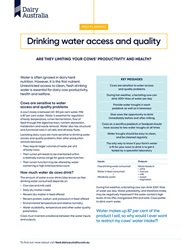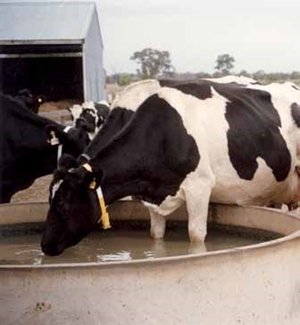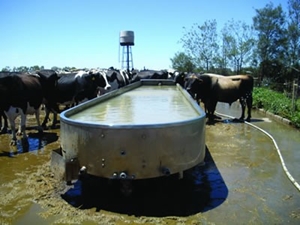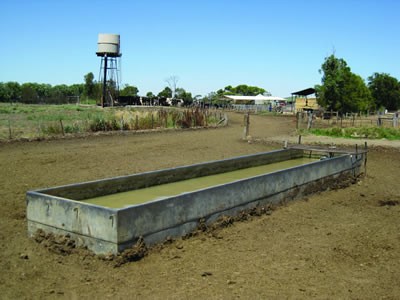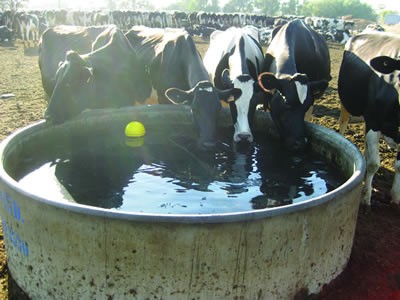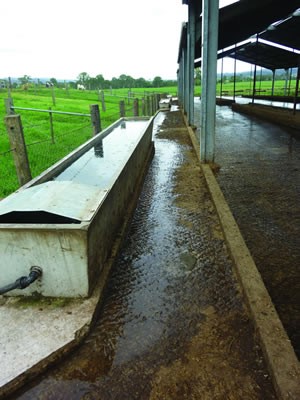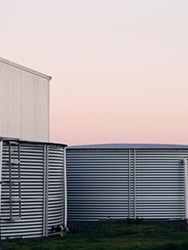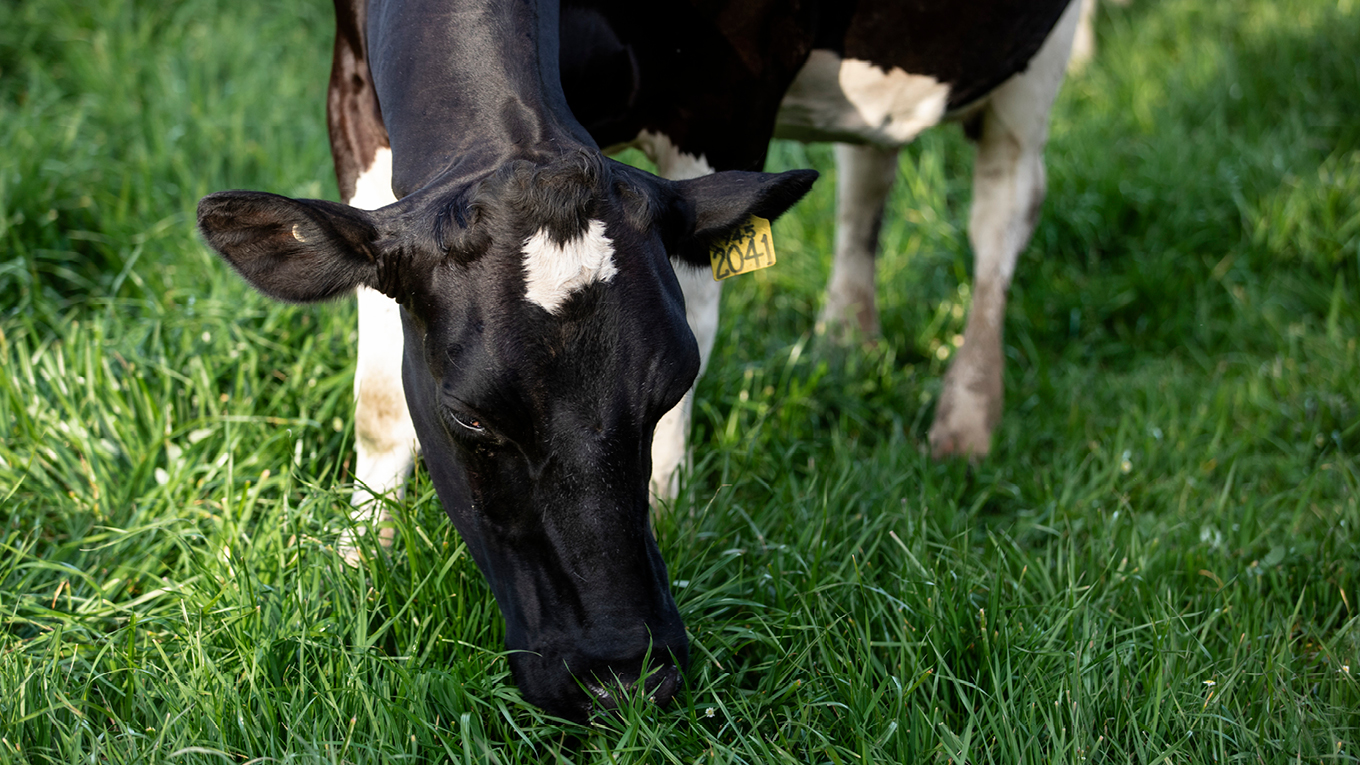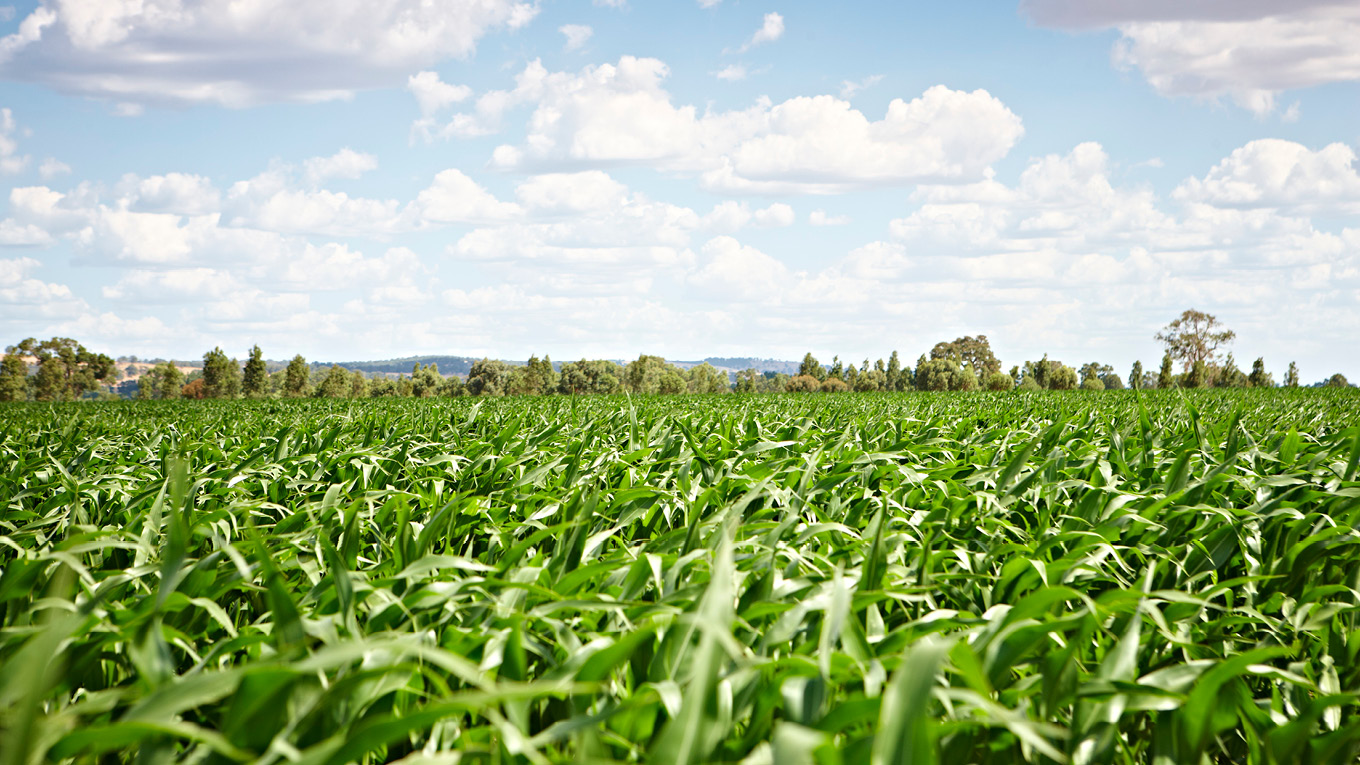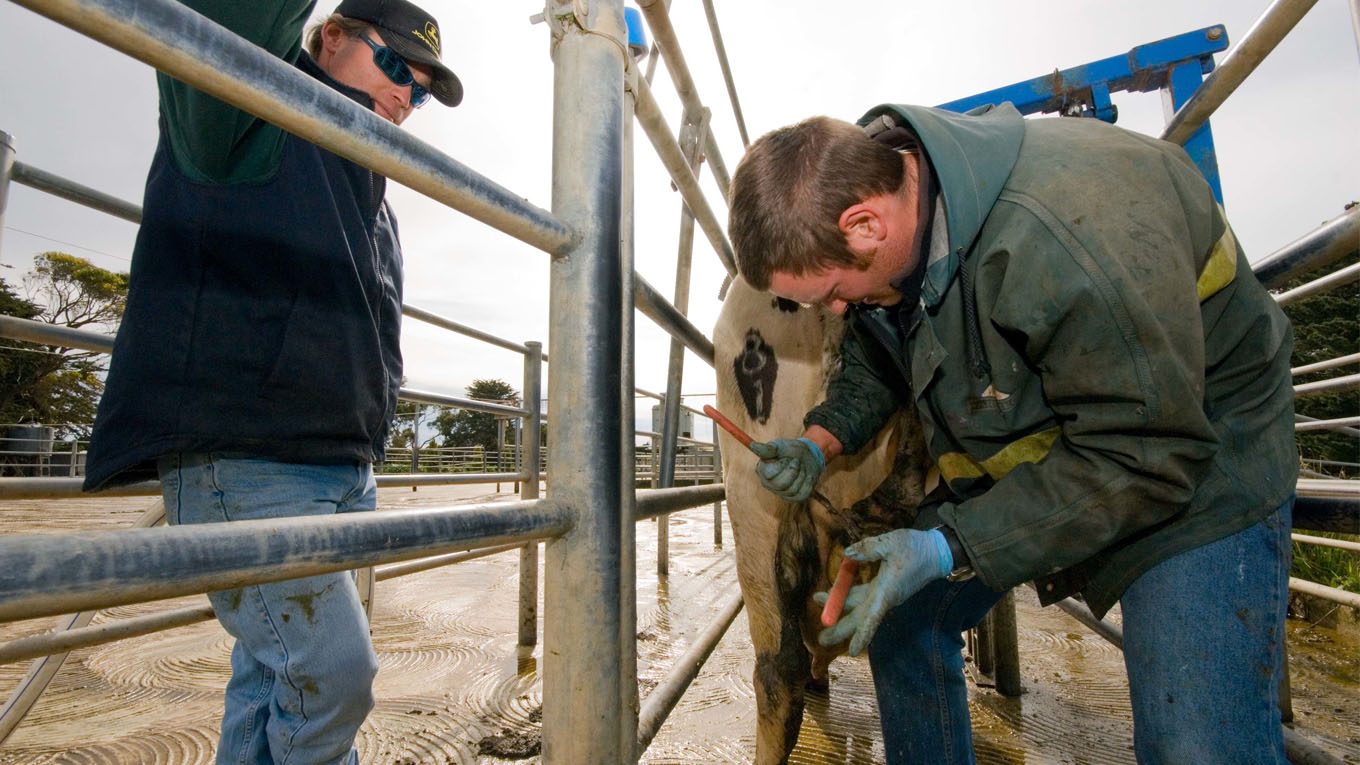Stock Water & Drinking in the Heat
Ensuring dairy cattle have an adequate supply of drinking water is an important nutrition consideration for dairy farmers. A cow’s body is between 60% and 80% water, while milk is 87% water.
Water is essential for regulation of body temperature, rumen fermentation, flow of feed through the digestive tract, nutrient absorption, metabolism and waste removal. Water also has structural and functional roles in all cells and all body fluids.
The Drinking water access and quality fact sheet contains more information on the importance of water in a cow's diet.
Below are some keys to success in ensuring dairy cattle have adequate stock water.
- Large volume concrete troughs help keep drinking water cool.
- Locate troughs in shaded areas where possible.
- Avoid running black poly pipe along the ground, as water will become hot before reaching watering points.
- Use high-pressure flow systems that allow rapid refilling of water troughs.
- Design systems to cater for increased demand in hot weather.
- Consider future increases in herd size or changes to farm layout.
- Locate troughs so that water is not contaminated by feed or manure.
- Design and locate systems to allow easy, frequent cleaning.
- Manage manure build-up around troughs.
Tips for stock water supply
The following steps explain some of the above points in more detail.
1. At any location, maximise access and provide multiple water points
- Make sure cows have sufficient access to water all day. This is determined by trough space and water flow rate into the trough.
- Large volume concrete troughs help maintain supply during times of high demand and help keep drinking water cool.
- Install troughs along the sides of the dairy yard so cows must place their heads through the fence to drink.
- Milking cows usually drink after milking and they can each consume up to 40 litres of water in two minutes. Large troughs on the exit side of the dairy are a must.
2. High water flow rates are essential to maintain supply at all times
- Use 75-millimetre (three-inch) water pipes.
- There needs to be enough pressure to provide 20 litres of water per cow per hour.
3. Maximise heat transfer by providing cool drinking water
- When cows drink in hot weather, they cool down by transferring body heat to the water.
- Make sure cows have access to water that is kept cool wherever they are during the day or night. The optimal drinking temperature is 15 degrees Celsius to 20°C.
- In hot weather, allow up to 250 litres of water per cow per day – double their normal intake.
- Water troughs in every paddock will keep cows grazing longer in hot weather. If cows leave the paddock to get a drink they often do not return to graze.
Example
In a 300-cow milking herd, 12,000 litres of water needs to be available straight after milking during hot periods.
The required flow rate for 300 cows is 6,000 litres per hour (300 cows x 20 litres per hour each). A low flow rate of 20 litres per minute (1,200 litres per hour) would be way too little as it would take 10 hours to supply this much water.
For this herd, access to at least two 5,000-litre troughs with independent inflows will enable adequate water to be supplied without risk of the troughs being emptied.
Water for permanently housed cows
The guidelines below apply where cows are confined 24 hours a day to feed pads or sheds.
- At least a meter of trough drinking space should be provided for every 20 cows. Provide at least two separate water points for every group of cows and ensure plenty of space around each watering point.
- Water systems should supply at least 20 litres per cow per hour.
- Each trough should be able to hold at least 200 to 300 litres of water with a minimum flow rate of 10 litres per minute.
- Trough volume can be reduced to about 100 litres if the flow rate is increased to 20 litres per minute.
- Troughs should be 600mm to 900 mm high.
- Water depth should be 150mm to 200 mm to maintain cool temperatures and reduce debris accumulation.
Water quality tips
- Stock water points should be cleaned at least weekly to remove any feed residue or other contaminants.
- Water supplies should be tested for chemical and bacterial contamination. Information on water quality and water testing is available from government agencies.
- Saline water can affect animal health and affect the effluent management system. Stock water supplies should be analysed regularly to check the salinity levels.
- Ensure manure does not build-up around the base of troughs.
Trough placement for easy cleaning
- Install troughs adjacent to feed alleys and dairy yards so cows have to place their head through the fence to access water.
- Make sure troughs can be accessed for cleaning.
- Use a bung to drain the trough into the effluent management system.
- Plumb troughs so water can drain back into a concrete feed alley or yards after cleaning.
- For feed pads, place water troughs within about 15 metres of the feeding area. Locate away from the feed alley to prevent feed contaminating the water.
- For concrete feed pads, locate troughs so that spillage and flushing can be directed into the effluent management system.
- For earthen feed pads, place troughs away from the feed source on the down-slope side, so water can drain into the effluent management system. This helps to minimise the formation of wet patches throughout the feed pad.
- Rectangular water troughs are easier to drain and clean.
Stock water budgeting
Dairy Australia's stock water budgeting tool is an Excel spreadsheet that can help farmers to assess their risk of running short of stock water at key times of the year.
